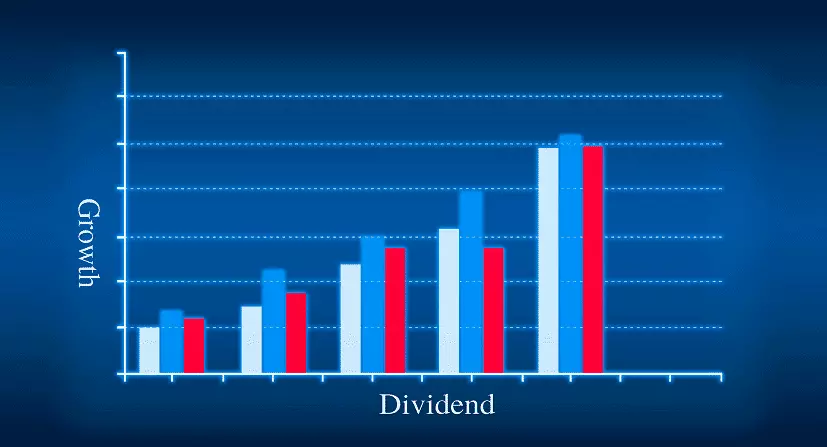With increasing knowledge about the financial market and its instruments, mutual funds have gained popularity amongst the masses. However, when it comes to investing in mutual funds, one often finds themselves caught in between the two options widely offered by mutual funds; namely growth option scheme and dividend option scheme. You must understand that no one option is better than the other. However, it entirely depends on your goals and the funds at your disposal.
Before you make any of the decisions, it is always better to understand what these plans offer you and how they can facilitate you to achieve your investment goals; here is a brief explanation of the two options:
Growth Option Scheme
As the name suggests in the growth option scheme, the mutual fund scheme would re-invest the profits earned by the fund back to its own fund instead of issuing any form of pay-outs. As the earnings are re-invested, you could end up earning on your initial earnings. These re-investments create a unique pattern of compounding effect to your scheme.
As we know the compounding effect works best for long-term investments. So if you are looking for some long-term investments and you won’t be in need of regular cash flows, then growth plan mutual funds would work for you. It is also a great scheme to increase your corpus funds over the long term. Note the key points of a growth option:
Dividend Option Scheme
The dividend option is further bifurcated as a dividend payout scheme and dividend re-investment scheme. As for the dividend payout scheme, you get back your share of profits earned by the fund in form of dividends over a regular interval; like daily, monthly, quarterly, annually, etc. While in dividend re-investment scheme your share of profits earned by the fund is reinvested into the mutual fund itself; this is similar to the growth plan scheme. The key points for a dividend option:
Upon analyzing your needs for cash and your appetite for risk, you might come to a decision to hold on to both the growth plan scheme as well as to the dividend plan scheme. That is a perfectly normal analogy for someone who can articulate his needs well. For, those who can\’t specifically quantify their needs, it\’s always better to start small and with a steady growth fund.
To put it in a nutshell, you should at all times act upon your needs of cash flow and your risk profile. It could so happen, that over the years your needs could alter and so you might need to redeem your investments sooner than later or shift from growth plan to dividend plan; or vice-versa. Do not hesitate to pause your investments when the need arises.
You can compare different schemes here.






